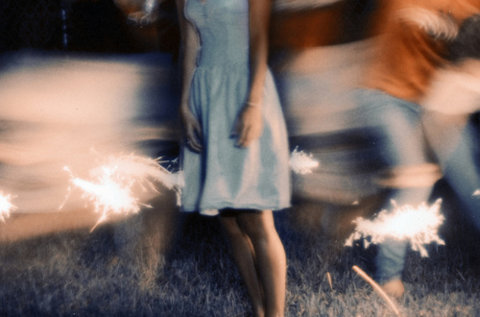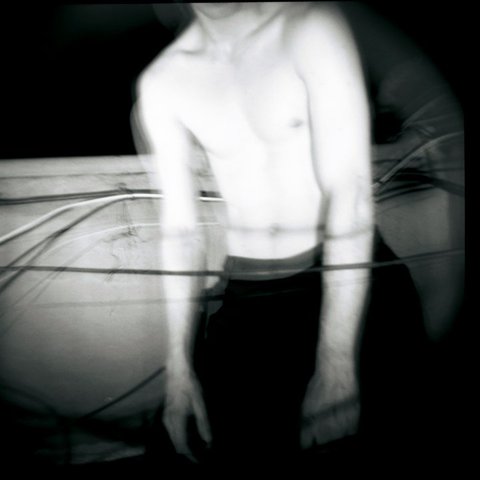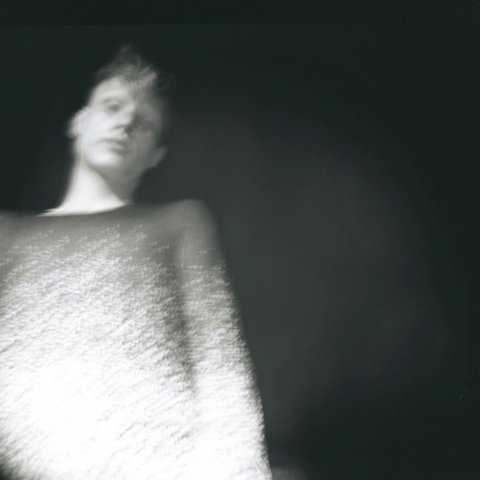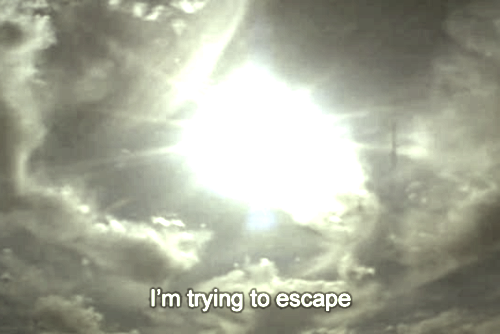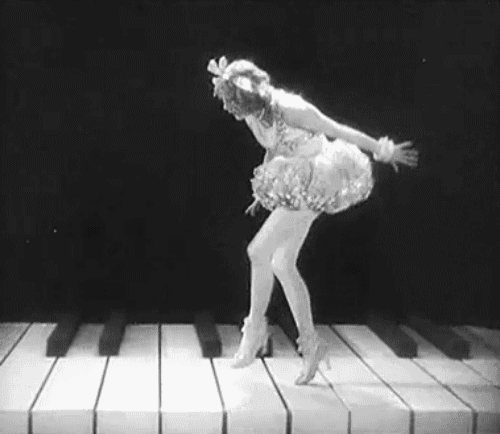Notes on a talk by Michael Stone at Centre of Gravity, February 11, 2012
Cheer
Chapter four of Shantideva’s A Guide to the Bodhisattva’s Way of Life seems to have two sections, both written in the spirit of a dharma pep talk. I can see cheerleaders spelling the word: BODHICHITTA. (Give me a B!) The cheerleaders are personifications of your own habit energies. They cheer you on: you can do this! The first theme it brings up is being conscientious and the practice of attentiveness. The second theme, which we’ll get into next week, is about working with strong emotions. Pema Chodron talks about this as “seeing the change underneath the emotions.”
Philosophy
During sitting meditation you focus on the inhale and exhale. Attention is easily entangled with anything – the person next to you, the sounds in the room, your mood. When that settles you can begin to see deeper patterns of clinging and aversion and your philosophy of life. Philosophy means what you can and can’t accept. What emotions you can and can’t handle. Most people don’t think they have a philosophy, and this is the most effective way for a philosophy to function. Underground. Below the radar. Beneath notice. Your philosophy is like a plumbing system in a building – you hardly notice it’s there (except when it isn’t working). Our philosophy carries all kinds of assumptions about people: what different genders do, what the future means, what snow is good for, what intelligence is.
Karma
What philosophy teaches us is our karma. The accumulation of our habit patterns. Our intentions have waves, this is called karma. I had an English dharma teacher once who spoke in Pali, so karma became kama, but with his English accent it sounded to me like “drama.” Whenever he said the word “kama” it sounded to me like “drama.” I think that’s a pretty good translation. What heals your drama is your dharma. It’s this practice. The first component of dharma is your intention to practice. To wake up in the morning and say: today I’m really going to practice. Sometimes practice can get a little conceptual, especially if we’ve been at it a while. It starts losing focus, losing the crispness, the freshness. Can we give everything we have to each moment? Moment after moment? The Dalai Lama asks: can we wake up each day with an altruistic attitude? In other words: can we say yes?
I hope you can practice early in the morning when things are calm. And I hope you can also practice when you have an anxiety attack. Can you put the wedge of a practice into the thought bubble of the attack? When you’re bored, can you become interested in your boredom? Can you drop into it? Into where you actually are right now? Dharma can heal your drama.
Dharma is a placeholder for two terms: practice and love. You try to love and then your philosophy shows up and gets in the way and puts boundaries around the feeling. I can only love people with my political views. With hair styled in this fashion. With the following affiliations and allegiances, club members only please.
Dharma has everything to do with love. Love heals. Love heals our deep dramas, our deep karma. But as soon as you try and love, you run into trouble. The demons and hell realms appear when you try and love. We can get caught in these feedback loops of the body and mind. The philosophy says: when you feel deep pain, move away or distract yourself. Practice says: when you feel deep pain, notice how all around you people are sitting still. Sit with your pain, be with it. All you have to do is care. To care about your pain is love, it means you’re becoming love. Love is to be resilient, to be wounded, to be broken and to keep on loving.
There was a student on retreat this past New Year, who was having a really hard time. There was pain in her belly, very stiff breathing, lots of judgment. On the last day she watched people work in the kitchen and felt they had more ease than her. It troubled her. She felt they loved each other. She came for an interview. I asked her: how long can you go on like this? She said: I realized something. What? I just have to care for it. Care for the pain. I just have to care for it. And then her retreat opened up for her.’
The reality of your life is embedded in your drama. In your karma. And it’s embedded in so many other lives. You are your love. And that love is mixed up and filled with trouble and joy. The way you’ve loved and the way you’ve fallen apart, and the way you’ve loved again and again. Dharma is love. The point of dharma is reflecting: what have I been given? What do I give back? We are trying to love beyond our wounds.
Therapy
One of the things I miss about being a psychotherapist was tracking someone’s experience very closely. Fully being with someone for an hour. The core teaching of the dharma is causality – to track someone you have to know what’s come before and how that reveals what might arrive as a result. You can only do that in the present, of course, all those old grooves will show up again in the present. Who you are is relational. When someone comes into room they’re bringing the whole ecology of their life: parents, job, the larger economy. If you can track that, that’s love. If you can see someone’s philosophy, you hold it, and perhaps they can see it. Then there is space where they might repeat it or not.
If you only see the presentation, then you can’t see anything. You need to see someone’s past and possible futures. Karma, and being attuned, is about sequencing. Someone who is perfectly mindful, who lives only in the present, would have dementia. How am I now affected by what came just before? One thing leads to another and another and another.
We’re different people with different people. And we’re made up of other people. Have you noticed how many people you are in a day? You’re not a singular self, but multiple, a constellation. In the Abhidharma, the ur-text of Buddhist psychology, it says the mind is always conditioned by its object. In chapter seven, the Abhidharma describes how different objects condition the mind. It urges the meditator to sit with different objects as focal points of concentration, and notice eventually how the mind itself is without any qualities of its own. It’s fundamentally empty or relational.
Ignazio
Shantideva is talking about living in a conscientious way, that we live in service to one another. And what better example to give than Simone Moir’s experience with her not quite father-in-law? Simone has a partner, Michelangelo, whose father just died. She wrote this very touching text about him, and a shared time together in the last year.
“Ignazio’s curiosity must have caught him off guard at times. After several days of peering through the curtains to watch our early morning yoga practice on his balcony, he dared to tell me that he was impressed. I know he was fond of the circus performances he saw on TV. He applauded all the amazing things these people could do with their bodies. So I suggested that I could show him a simple chair Yoga practice that could be done indoors, and to our surprise, Ignazio agreed.
Michelangelo sat next to him and provided a simultaneous translation from English to Italian through the twenty minute lesson. If Igazio remembered nothing else from the session we did, it was my persistence. However, I recall his empathic words and face after the final breathing practice at the end. He relayed his difficulty with painful thoughts that kept him up at night on a regular basis. He was struck by how these thoughts had vanished during the breathing and that he had never experienced anything like this before! He described a momentary feeling of peace.
Being a mediator, I was, of course, impressed by his account. If ever I needed proof of the validity of the Yoga technique here was the old man to tell me so. However, it was his excitement that has stayed with me. In this moment his blue eyes pierced space with vivid presence. Here we met eye to eye for the first time. A day later Ignazio shuffled up to us to share that he was lonely living here in Lucca on his own. It was the most intimate he had been with us and he had brought this forward on his own.
I believe that the breathing we did together enabled Ignazio to open up that way. For a few moments he experienced a sense of possibility beyond the confines of his usual dilemmas. Space and openness came through and intimacy is the natural result. Though we went to great lengths to translate the session in Italian, and to record a short practice especially for him on paper, I knew it was unlikely he would take up the practice.”
4.26
For it’s as if by chance that I have gained
This state so hard to find, wherein to help myself.
And now, when freedom-power of choice-is mine,
If once again I’m led away to hell
I am as if benumbed by sorcery,
My mind reduced to total impotence
With no perception of the madness overwhelming me.
O what is it that has me in its grip.
Free
From moment to moment, we can choose how we relate to our emotions. This power of choice gives us freedom. Freedom is exactly this power to choose. On the other hand, when habitual reactions are strong and longstanding, it’s difficult to choose intelligently. Or even feel that you have a choice. (How to move against our traditions of unfreedom?) We don’t intentionally choose pain; we just do what’s familiar, which isn’t always the best idea. I think we can all relate with feeling benumbed by sorcery, My mind reduced to total impotence, or overwhelmed by madness. Will we fall back on our old philosophy or make a new move?
What actually has us in its grip? The answer is our kleshas: limbless and devoid of faculties – with no substance or solidity at all! Often the body/mind wants to default to its repertoire. You can notice these groove in the ways that we speak to each other. They really show up in the yoga postures. When I go to dance, I make the same moves over and over again. It’s hard to invent, to do something else.
4.28
Anger, lust-these enemies of mine-
Are limbless and devoid of faculties.
They have no bravery, no cleverness;
How then have they reduced me to such slavery?
Kleshas
This is the real question. How can this powerful, but completely ungraspable, ineffable energy, do us so much harm? In the following verses, Shantideva begins to answer this question by presenting the five faults of the kleshas, the five problematic aspects of our confused emotions. The first fault, presented in verse 28, is that we become enslaved by the kleshas. This insight alone would undercut their power, if we were attentive to it. But as Shantidevas says, it’s as if we’re under a spell. Emotional reactivity starts as a slight tightening. There’s the familiar tug, and before we know it, we’re pulled along. In just a few seconds we go from being slightly miffed to completely out of control. We go from eating a single macaroon to I can’t believe I just swallowed the whole chocolate cake.
Shantideva says that I have all this practice, but just when I come to the moment where practice feels deep and home and easeful “I am numbed by sorcery.” I lose myself. Has anyone here been gripped by sorcery lately?
Nevertheless we have the inherent wisdom and ability to halt this chain reaction early on. To the degree that we’re attentive, we can nip the addictive urge while it’s still manageable. Just as we’re about to step into the trap, we can at least pause and take some deep breaths before proceeding.
Five Kleshas
“After describing duhkha as a product of repetitive psychological and physical patterns, Patanjali describes the five factors that contribute to putting into motion the wheel of suffering. The five kleshas are as follows: avidya (not seeing things as they are), raga (attachment), dvesa (aversion), asmita (the story of I, me, mine) and abhinivesa (the thirst for further existence)… The five kleshas deep suffering in motion because they create loops in the mind-body that reinforce habitual patterns of perception and reaction. They are a concise summation of the basic psychological principles of Yoga. The term klesha comes from the verbal root klis, which means ‘to suffer, torment, or distress.’” from The Inner Tradition of Yoga by Michael Stone
4.29
I, it is who welcome them within my heart,
Allowing them to harm me at their pleasure!
I who suffer all without resentment-
Thus my abject patience, all displaced!
Second Fault
The second fault of the kleshas is that we welcome them. They’re familiar. They give us something to hold on to, and they set off a predictable chain reaction that we find irresistible. This insight can be especially helpful.
Pema Chodron: When we realize that we like our kleshas, we begin to understand why they have such power over us. Hatred, for example, can make us feel strong and in charge. Rage makes us feel even more powerful and invulnerable. Craving and wanting can feel soothing, romantic, and nostalgic: we weep over lost loves or unfulfilled dreams. It’s painfully and deliciously bittersweet. Therefore, we don’t even consider interrupting the flow. Ignorance is oddly comforting: we don’t have to do anything; we just lay back and don’t relate to what’s happening around us. Each of us has our own personal way of welcoming and encouraging the kleshas. Being attentive to this is the first and crucial step. We can’t be naïve. If we like our kleshas, we will never be motivated to interrupt their seductiveness; we’ll always be too complacent and accommodating.
Third Fault: Companion
4.32
No other enemy indeed
Has lived so long as my defiled emotions-
O my enemy, afflictive passion,
Endless and beginningless companion!
Long after those we despise have moved away or died, the hatred habit remains with us. The more we run our habitual patterns, the stronger they become – and, of course, the stronger they get, the more we run them. As this chain reaction becomes harder to interrupt, our experience of imprisonment becomes more intense until we feel hopelessly trapped with a monstrous companion. No outer foe will ever plague us as much as our own kleshas.
Fourth Fault
Verse 33 presents the fourth fault: give the kleshas an inch and they’ll take a kilometer.
4.33
All other foes that I appease and wait upon
Will show me favours, give me every aid
But should I serve my dark defiled emotions
They will only harm me, draw me down to grief.
Shantideva warns us not to be naive about the pusher; we have to know his strategies and seductive ways. We’re urged to know the sequence that happens when we get caught and notice it – that’s what freedom is. Likewise, we simply can’t afford to be ignorant about the power of emotions. We can neither welcome nor indulge them in hopes they’ll bring us happiness or security.
In the Buddhist tradition monks were wanderers, not hermits. They wandered in cities, in forests, from place to place. They served people. They took care of their own wounds, and then they brought that care forward and served others. The point of practice wasn’t to hide out, to get away from it all.
